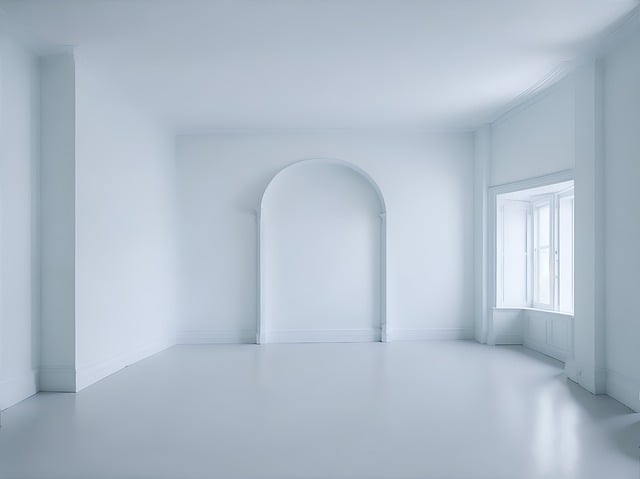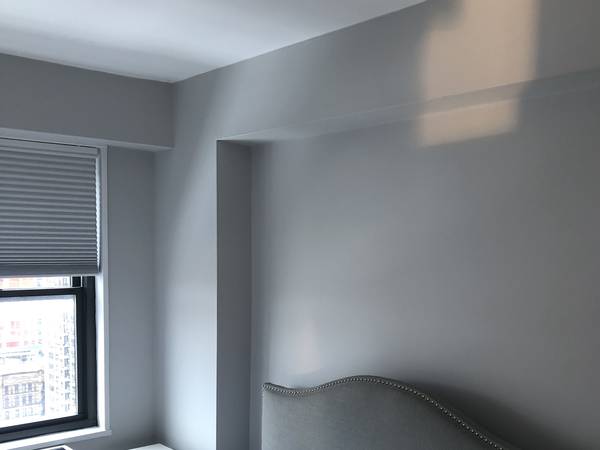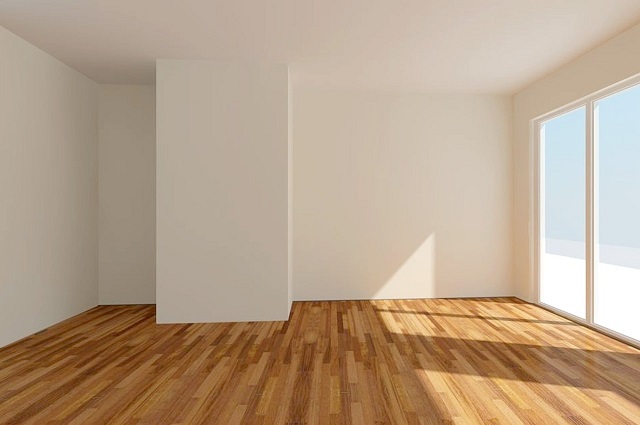Table of Contents
Identifying Common Causes of plastered wall Damage
Common causes of plaster damage can often be traced back to issues with the building’s structure or environmental factors. One of the primary culprits behind plaster damage is water infiltration. When moisture seeps into the walls, it weakens the bonds within the plaster, leading to cracks, bulges, and eventually, crumbling plaster. Poor waterproofing, leaking roofs or pipes, and high humidity levels can all contribute to water-related damage in plaster walls.
In addition to water damage, settlement cracks can also be a common cause of plaster deterioration. These cracks occur when the building’s foundation shifts or settles over time, causing stress on the walls and leading to cracks in the plaster surface. Other factors such as vibrations from heavy traffic nearby, construction work, or even frequent slamming of doors can also contribute to the formation of cracks in plaster walls. Identifying these common causes of plaster damage is crucial in effectively addressing and preventing further deterioration of the walls.
Assessing the Extent of Damage to the Plastered Wall
To accurately assess the extent of damage to a plastered wall, thorough visual examination is crucial. Begin by inspecting the surface for any visible cracks, holes, or areas where the plaster has started to peel or crumble. Take note of the size and distribution of the damage, as this will help determine the appropriate repair approach. Additionally, gently press on different sections of the wall to identify any areas that feel soft or hollow, indicating underlying damage that may require more extensive repairs.
After visually assessing the plastered wall, it is important to use a tool such as a small hammer or screwdriver to tap lightly on various sections of the wall. Listen carefully for any hollow sounds, which may suggest loose plaster that needs to be removed. Pay attention to any areas where the plaster sounds dull or solid, as this may indicate areas of intact plaster. This tactile assessment in combination with the visual inspection will provide a comprehensive understanding of the damage present and guide the next steps in the restoration process.
Choosing the Right Tools and Materials for Restoration
When starting the restoration of a plastered wall, the selection of appropriate tools and materials is paramount to achieving a successful outcome. Essential tools for this task include a hammer and chisel for removing loose plaster, a putty knife for applying new plaster, sandpaper for smoothing the surface, and a trowel for precise application. Additionally, gathering materials such as plaster mix, joint compound, primer, and paint of matching color is crucial for a seamless repair job.
It is advisable to invest in high-quality tools and materials to ensure a durable and aesthetically pleasing restoration. Opting for tools with ergonomic handles and sturdy construction can contribute to ease of use and precision during the repair process. Moreover, selecting top-grade plaster mix and other materials will enhance the longevity of the restored wall, minimizing the need for frequent touch-ups in the future. Remember, the right tools and materials lay the foundation for a professional and long-lasting plaster repair.
Preparing the Work Area for Plaster Repair
To effectively prepare the work area for plaster repair, it is important to start by clearing the space of any furniture, decorations, or other items that may obstruct the repair process. This step creates a safe and unobstructed environment for the restoration work to take place efficiently. Additionally, covering the floor with a drop cloth or protective sheeting not only safeguards the surface from potential damage but also aids in easy cleanup post-repair.
Furthermore, ensuring proper ventilation in the work area is essential during the plaster repair process. Opening windows or using fans helps to improve air circulation, minimizing the inhalation of dust and fumes from the repair materials. Adequate lighting is also crucial for a clear view of the damaged areas and to facilitate a precise and accurate repair process. Making these simple yet important preparations sets a solid foundation for a successful plaster repair project.
Removing Loose or Damaged Plaster from the plastered wall

To effectively address issues of loose or damaged plaster on a wall, it is imperative to begin by carefully examining the affected area. Using a putty knife or a similar tool, gently probe the plaster to identify sections that are no longer securely adhered to the wall surface. Loose plaster should be removed, taking care to avoid causing further damage to the wall. Proceed methodically, ensuring that all weakened or compromised areas are identified and dealt with before moving on to the repair phase.
Once loose plaster has been identified, proceed with caution to remove it from the wall. Utilize a hammer and chisel to carefully chip away at the damaged plaster, working from the outer edges of the affected area towards the center. Take care not to create unnecessary damage to the surrounding wall surface. Work diligently to clear away all compromised plaster, leaving a clean and stable foundation for the repair process that follows.
Repairing Cracks and Holes in the Plaster Surface
To properly repair cracks and holes in the plaster surface, it is essential to start by removing any loose or damaged plaster in and around the damaged area. This can be achieved by using a putty knife or a chisel, ensuring that the edges around the crack or hole are clean and free from debris. Once the area is prepared, mix a small batch of plaster according to the manufacturer’s instructions, aiming for a consistency similar to that of pancake batter.
Apply the mixed plaster into the crack or hole using a putty knife or a trowel, making sure to press it firmly into place and smooth out any excess material. For larger holes, it may be necessary to apply the plaster in layers, allowing each layer to dry before adding the next one. Once the plaster has dried completely, gently sand the surface to create a seamless finish, blending it with the surrounding plaster for a uniform appearance.
Applying a Base Coat of Plaster to the plastered wall
Once the cracks and holes in the plaster surface have been adequately repaired, the next step in the restoration process is applying a base coat of plaster to the wall. This base coat serves as a foundation for the final finish coat and is crucial for achieving a smooth and seamless look. Prior to applying the base coat, it is essential to ensure that the surface of the repaired area is clean and free of any dust or debris that could affect the adhesion of the new plaster.
When applying the base coat of plaster, it is important to work swiftly and methodically to ensure an even application across the wall. Using a hawk and trowel, scoop a generous amount of plaster onto the hawk and then transfer it onto the trowel. Begin spreading the plaster onto the wall in a thin layer, using smooth and consistent strokes to create a uniform surface. Take care to blend the edges of the base coat with the surrounding area to avoid any visible seams once the final finish coat is applied.
Smoothing and Sanding the Plaster Surface
Ensure that the plaster surface is fully dry before proceeding with the smoothing and sanding process. Use a fine-grit sandpaper to gently sand the repaired areas, maintaining a steady and even pressure to avoid creating additional damages on the surface. Focus on blending the new plaster with the existing wall seamlessly for a professional finish.
After sanding, inspect the plaster surface carefully to identify any remaining imperfections or unevenness. Address any flaws by reapplying a thin layer of plaster to achieve a smooth and uniform surface. Take your time during this step to ensure that the final result is flawless and ready for the next stages of restoration.
Applying a Finish Coat of Plaster for a Seamless Look
Once the base coat of plaster has dried completely and any necessary repairs have been made, it is time to apply the finish coat for a seamless look. This final layer of plaster serves to enhance the appearance of the wall and create a smooth, uniform surface. A skilled hand is essential for this step to ensure that the finish coat is applied evenly and without imperfections.
When applying the finish coat of plaster, it is crucial to work methodically and with precision. Using a hawk and trowel, the plaster should be spread thinly and evenly across the wall in smooth, sweeping motions. The goal is to achieve a consistent texture and uniform thickness throughout the surface. Any uneven areas or excess plaster should be carefully smoothed out to create a flawless finish.
Allowing Sufficient Drying Time for the Repaired Wall
After applying the finish coat of plaster to the plastered wall, it is crucial to allow for sufficient drying time before proceeding with any further steps. Rushing this crucial stage can compromise the integrity of the plaster and result in a subpar finish. The drying time required can vary depending on factors such as humidity levels, temperature, and the thickness of the plaster application. Therefore, it is essential to follow the manufacturer’s guidelines for the specific type of plaster used and to exercise patience during this phase of the restoration process.
Attempting to move forward with subsequent steps before the plaster has fully dried can lead to issues such as cracking, peeling, or an uneven finish. It is recommended to wait at least 24-48 hours for the plaster to dry completely before attempting to sand, paint, or seal the surface. Conducting a simple touch test can help determine if the plaster is ready for the next phase – if it feels cool to the touch or exhibits any moisture, additional drying time is required. Adhering to the proper drying time not only ensures a successful plaster repair but also contributes to the overall longevity and durability of the restored wall surface.
Inspecting the Wall for Any Imperfections or Unevenness
Upon completing the restoration process of a plastered wall, it is crucial to meticulously inspect the surface for any imperfections or unevenness. Carefully run your hand across the wall to feel for any rough patches or inconsistencies in the texture. Visually examine the entire area under good lighting to detect any cracks, bubbles, or areas where the plaster may not have adhered properly.
In addition to tactile and visual inspection, using a straight edge or level can help identify any areas where the plaster may not be flush with the rest of the wall. Pay close attention to corners and edges where problems such as bulges or depressions may be more apparent. Furthermore, stepping back and viewing the wall from different angles can reveal subtle irregularities that may have been missed during a closer inspection.
Touching Up the Plaster Surface as Needed
When completing a plastered wall repair project, it is essential to pay attention to the final touches to ensure a flawless finish. After applying the base coat and smoothing the surface, inspect the plaster wall carefully for any imperfections or areas that may need additional attention. Small cracks, rough patches, or uneven areas should be addressed promptly to maintain the integrity and visual appeal of the restored wall.
To touch up the plaster surface as needed, use a fine-grit sandpaper to smooth out any rough spots or uneven edges. Gently sand the targeted areas in a circular motion until they blend seamlessly with the rest of the wall. Once the surface is smooth and even, wipe away any dust or debris with a clean cloth before applying a final coat of plaster if necessary. Taking the time to touch up the plaster surface will result in a professional-looking repair job that enhances the overall aesthetic of the room.
Sealing and Painting the Restored Plaster Wall
After the repaired plaster wall has fully dried and any touch-ups have been completed, it is crucial to properly seal and paint the surface to ensure a polished and long-lasting finish. Sealing the restored plaster wall with a quality sealer will not only enhance the durability of the surface but also provide a smooth base for the paint to adhere to. A sealer will help to prevent moisture penetration and protect the plaster from potential damage in the future. Make sure to choose a sealer that is compatible with plaster surfaces and follow the manufacturer’s instructions for application.
Once the sealer has dried thoroughly, you can proceed with painting the restored plaster wall to match the surrounding area or create a new aesthetic appeal. Select high-quality paint suitable for plaster surfaces to achieve a professional and flawless finish. Apply an even coat of paint using a brush or roller, ensuring complete coverage and a consistent color tone across the entire surface. Allow the paint to dry completely between coats as recommended by the paint manufacturer to achieve the desired results. A well-sealed and painted plaster wall will not only enhance the aesthetic appeal of your space but also protect the repaired surface for years to come.
Maintaining the Integrity of the Plastered Wall Over Time
To ensure the longevity of a plastered wall, regular maintenance is crucial. One key aspect of maintaining the integrity of a plastered wall over time is to address any issues promptly. Keep an eye out for cracks, chips, or any signs of damage, and take action as soon as they are noticed. Neglecting small problems can lead to more extensive damage requiring costly repairs down the line.
In addition to addressing immediate concerns, it is important to implement preventive measures to protect the plastered wall. This includes keeping the wall clean from dirt and debris, as well as avoiding excessive moisture exposure. Maintaining stable humidity levels in the room can help prevent the plaster from deteriorating. By staying proactive and attending to both corrective and preventive maintenance, you can preserve the integrity of your plastered wall for years to come.
Considering Professional Help for Complex Plaster Repairs
For homeowners facing complex plaster repairs that may involve intricate restoration work or extensive damage, seeking professional help is highly recommended. Experienced professionals possess the expertise, tools, and skills necessary to efficiently address challenging plaster issues with precision and care. Their specialized knowledge allows them to identify underlying causes of damage, assess the severity of the situation accurately, and execute necessary repairs effectively.
Engaging the services of a professional plaster repair expert guarantees a thorough restoration process, ensuring the longevity and integrity of the repaired wall. Professionals have access to advanced techniques and materials that enable them to achieve seamless results, blending repaired areas seamlessly with the existing plaster surface. Their meticulous approach not only enhances the aesthetic appeal of the wall but also minimizes the risk of recurring issues, offering homeowners peace of mind knowing that their plaster repairs are in capable hands.



